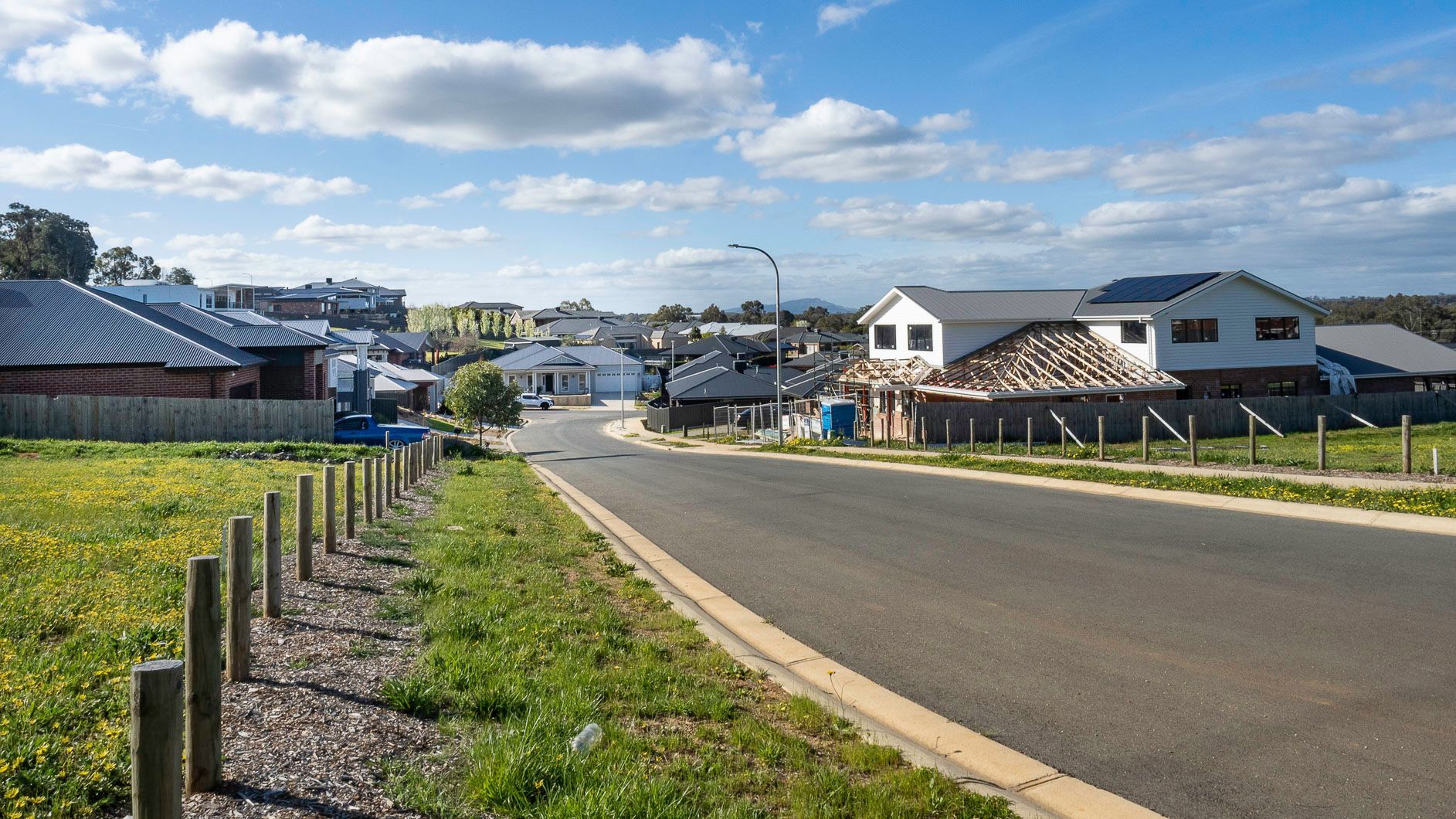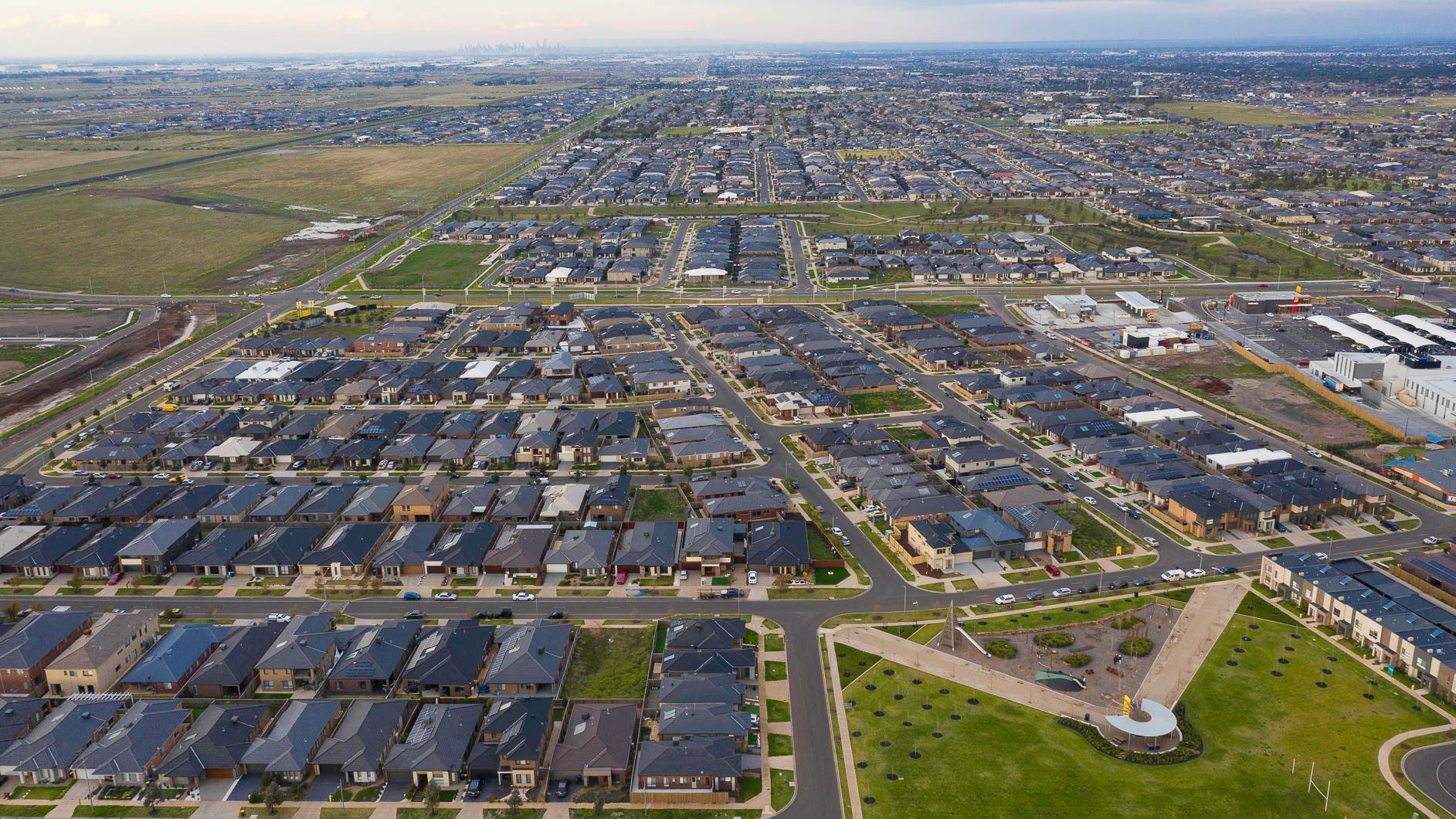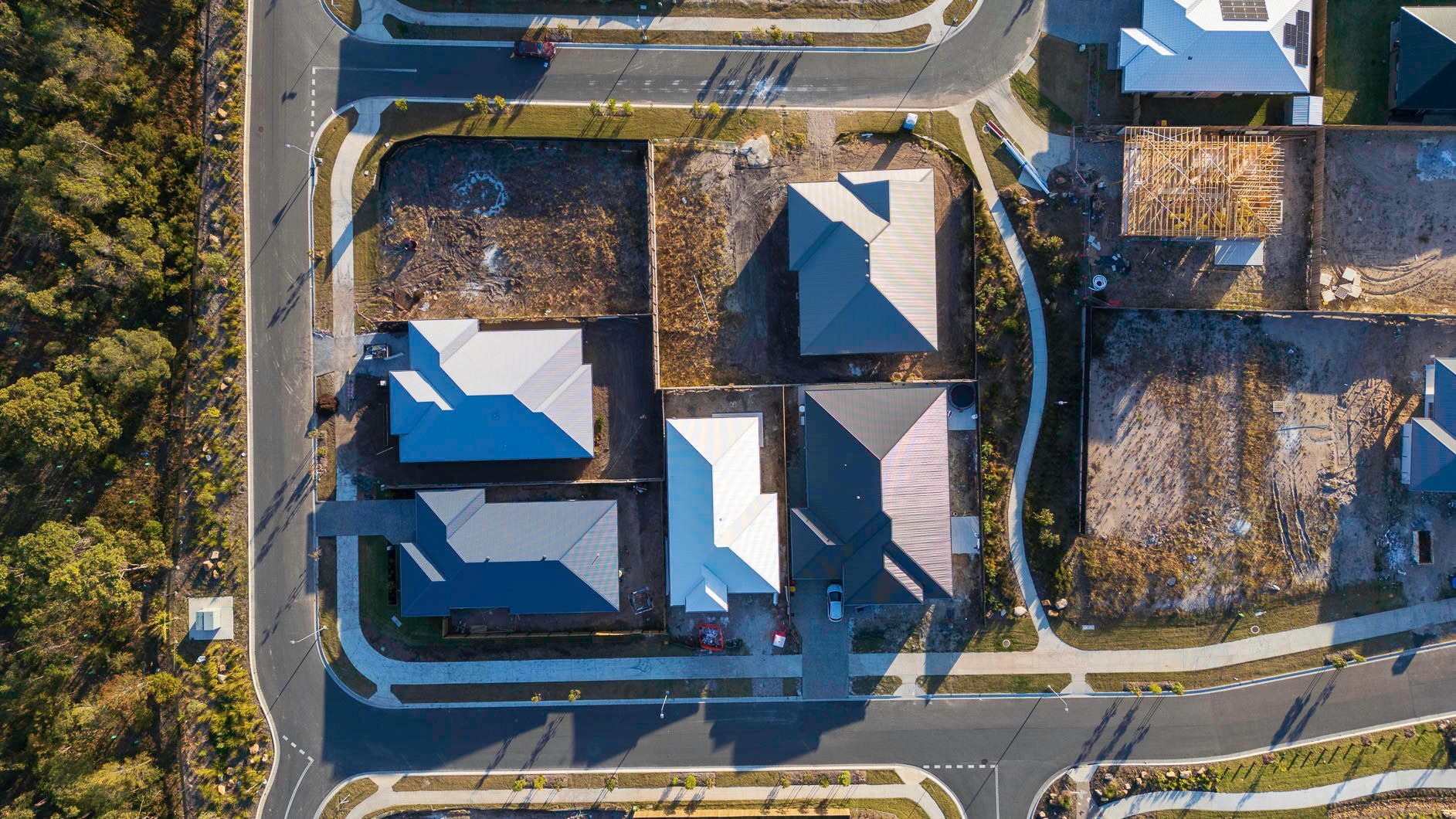The current pandemic has created a significant uncertainty for Australian industries, seeing the shutdown or downsizing of many businesses to stay afloat. However, as restrictions begin to ease in some states and a tentative light at the end of the tunnel begins to emerge, with the government now looking at ways to stimulate the economy, with its focus on creating new opportunities within the infrastructure space.
Known as the JobMaker plan, this will see the Federal Government fast-track investment in some of the country’s most critical infrastructure projects, including the Inland Rail, the Marinus Link, the Olympic Dam extension, NSW emergency town water projects, and road, rail and iron ore projects in Western Australia.
Prime Minister Scott Morrison announced the JobKeeper plan, saying its purpose would be to get Australian businesses "out of ICU" after coronavirus restrictions led to many taking significant hits to their bottom lines and relying on the Government's JobKeeper scheme to stay afloat.
The $1.5 billion package will be allocated to priority projects as identified by states and territories, with $1 billion of this dedicated to projects that are ‘shovel-ready’, and $500 million reserved for road safety works targeting metropolitan, regional and rural areas across the country.
Investment will not only be directed to transport infrastructure, but also to water infrastructure to secure supply and underpin agricultural expansion, telecommunications services, the electrical infrastructure required to remove bottlenecks in Australia’s electricity grid, and advance manufacturing, particularly in regional areas.
Infrastructure key to economic rebound
The Federal Government’s announcement has made it clear that investment in these major infrastructure projects is at the centrepiece of its plan for Australia’s economic recovery post COVID-19. In fact, by the end of the 2019-2020 financial year, the government will have invested more than $24 billion into infrastructure across key government portfolios.
This reliance on infrastructure for economic growth and stability however, came well before the pandemic hit Australia’s shores. Since November 2019, the government has worked with state, territory and local governments to bring forward or inject additional investment totalling nearly $7.8 billion. Such investment includes $1.75 billion in additional funding for Metro Western Sydney Airport (fast-tracking a nearly $11 billion project that will support 14,000 jobs in Western Sydney), $500 million in new funding to undertake local road and community infrastructure upgrades, and $4.2 billion for joint priority projects with the states and territories.
Fast-tracking the system
It has already been identified that assessment and approval times for major projects has been a big hurdle for the Australian infrastructure sector. In fact, according to departmental estimates, delays associated with these approvals cost industry over $300 million just in 2019 alone. Since this economic impact of delays has been highlighted, the Commonwealth has taken steps to cut project approval times under the Environment Protection and Biodiversity Conservation Act. At the end of 2019, approval decisions took 90 days on average, while today they take just 40. However Mr Morrison says the goal is to reduce these times by a further 25 percent by the end of 2020.
A focus on ‘shovel ready’ projects
This investment in infrastructure shows it has been identified by the Australian government as the best way to stimulate the economy, and is one of the best tools at its disposal. This is a contrary belief to some economists across the developed world who have turned against public works spending as a form of fiscal stimulus, deeming they can take too long to make any short term difference to the economy.
However, the Australian government’s aim to fast track projects, as well as attend to projects that are ‘shovel ready’ could in fact have extremely positive economic outcomes in the short term.
Projects that will be focused on include:
- Those that are already funded, where the work could be moved forward, for example the new Sydney airport.
- Those that have been developed already and were only waiting for a funding commitment, such as Sydney West Metro.
- Existing public works programs that could be increased, including Melbourne’s level crossing replacement program, Sydney’s station access program and local government capital programs.
- Small and medium sized projects that could be developed relatively quickly, like social housing renewal and public space improvements.
And though some of these shovel ready projects may still be 12 months away, it is important to remember that there are a huge number of engineering, design, planning and associated sectors that are vital to delivering this infrastructure, and this investment will go a long way in supporting them and shoring up business confidence.
If you are looking to partner with an organisation that offers leading engineering and construction services, contact Balpara today.



